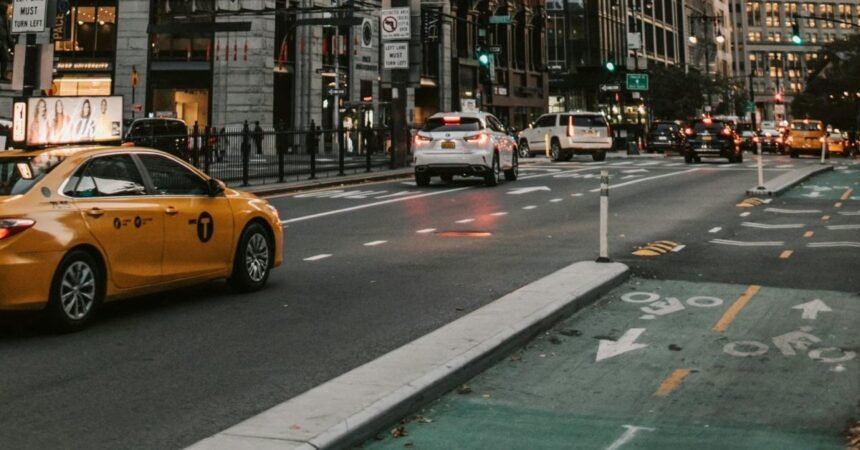New York City Mayor Eric Adams is cracking down on e-bike riders with a proposed citywide speed limit of 15 mph (25 km/h), despite the lack of clarity on how it would actually be enforced. The proposal, introduced as part of a broader safety initiative, aims to make it illegal to ride an e-bike over 15 mph. However, experts, advocates, and city officials are unsure about the practicality of this rule.
Most consumer e-bikes already come with speed limits in place, such as 20 mph for throttle assist and 28 mph for pedal assist. These limits are controlled by the bike’s electronics, not by any city infrastructure. The enforcement mechanism for the proposed speed limit remains a mystery, with no single agency designated to enforce it. Will the city require software modifications to limit e-bike speeds, use radar guns, or install speed cameras? These questions remain unanswered.
Citi Bike has already reduced its electric bicycle fleet’s speed limits to 15 mph, affecting shared e-bikes in the city. However, many delivery riders, who are the likely target of this policy, use inexpensive and modified e-bikes that may not have software speed-limiting features. Enforcing speed limits on e-bikes is challenging due to the lack of license plates and the need to physically stop each rider to check their speed.
City transportation experts argue that focusing on e-bike speed may not be the most effective way to improve safety, especially when car crashes continue to cause more injuries and fatalities. The debate over e-bike speed limits raises questions about the feasibility and effectiveness of such regulations in a city like New York.
As the city grapples with how to enforce e-bike speed limits, the discussion continues on the best approach to ensure safety on city streets while balancing the needs of different road users. The future of e-bike regulations in New York City remains uncertain as stakeholders work to find a solution that addresses safety concerns without unduly restricting the use of electric bicycles.







